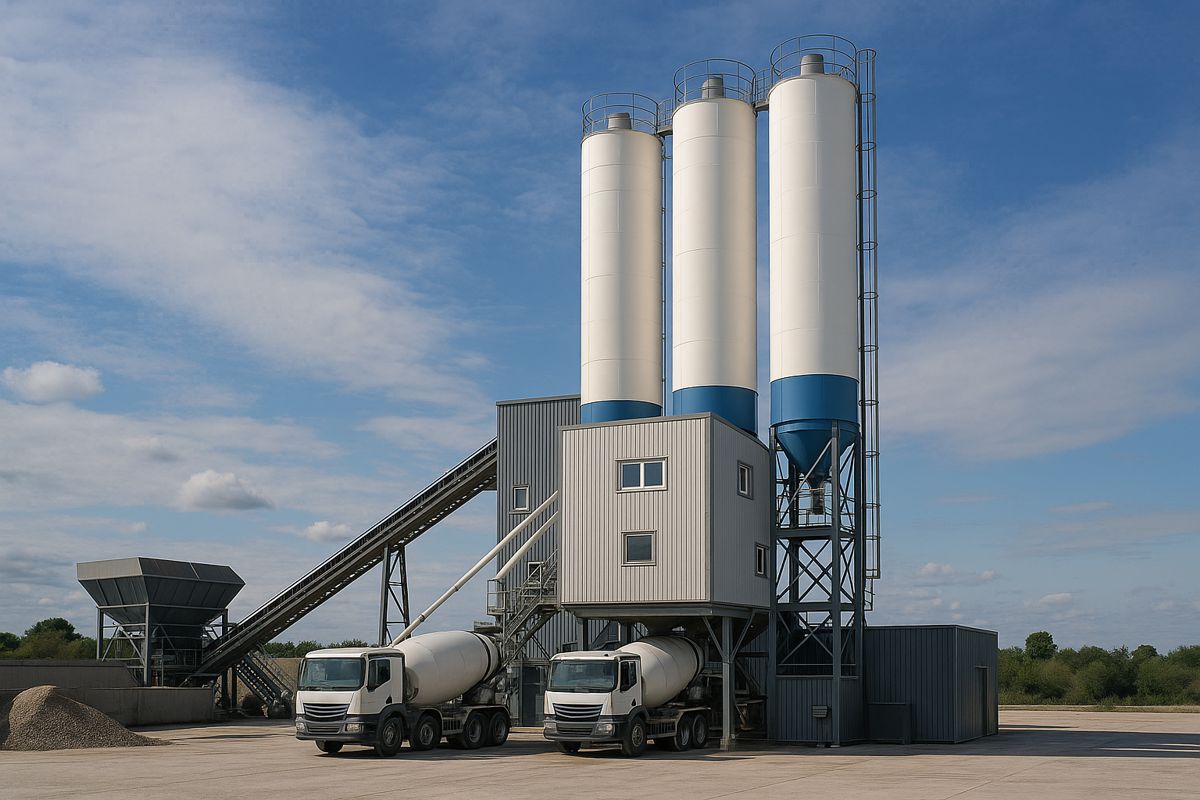Clearview traffic innovations improve safety and traffic flow at hospital junction
An innovative scheme integrating wireless vehicle detection traffic signals, vehicle activated signs (VAS) and a hurry call system has reconfigured a hospital junction to address safety concerns and assist ambulance response times. Tasked with improving safety for the 11,400 motorists who use the junction daily, Clearview Intelligence worked in partnership with road operator Amey and Transport Scotland to install a combination of road safety solutions on the A6091 at the junction with the Borders General Hospital to control the flow of traffic without jeopardising response times for ambulances.
Chris Keenan, General Manager for Scotland at Clearview Intelligence, said: “The challenge was to address road safety concerns by controlling the flow of traffic but without impeding the egress for ambulances on an emergency call out. By using vehicle detection, this monitors the build-up of traffic at the junction and informs the traffic signals to provide efficient sequencing to allow enough time for queues to pass.
“The inclusion of a hurry call button was installed to allow ambulance or hospital staff to override the traffic light sequencing to maintain a green light in favour of the emergency response vehicles. This information is then shared with other road users via the VAS which warns of an ambulance responding to a call out.”
The installation of the traffic signals reconfigured the junction so that for the first time, traffic could turn right when exiting the hospital. Previously this was a left-turn-only junction which created risks when ambulances were forced to turn right when responding to emergency calls.
The solution centred around the installation of Clearview’s M100 wireless vehicle detection solution, which offers the same functionality as a traditional inductive loop. However, as the sensor is a stud fitted in the centre of the lane, it is faster to install than a loop as it does not require ducting or trenching; instead only a single hole needs to be cored and a power source is not needed.
Using a magnetometer, the M100 detects vehicles waiting at the junction and wirelessly transmits the information to an M110 access point, which is a two-way communications point mounted to the traffic signal. The access point then relays the sensor detection data to the traffic signal controller to manage the light sequence.
Whilst effective in managing vehicles through the junction, the traffic signals posed a risk for ambulances who may be delayed in queueing traffic when leaving the hospital to respond to call outs. To mitigate against this, a hurry call button was installed which allows ambulance staff to manually override the traffic sequence to keep the signal on green to enable the paramedics to exit the hospital without delay.
Once the button is activated, it triggers an alert to road users that an ambulance is responding to an emergency by using the VAS. The same sign also serves a secondary purpose which promotes the newly reduced speed limit of 50mph by warning drivers who are exceeding the threshold to slow down.
Jim Reid, Amey Road Safety Manager for the Scottish Trunk Road South East: “The most obvious solution which came to mind with this scenario – and the one most favoured by locals – was to introduce a roundabout. However due to limitations within the size of the area and other buildability constraints, this was not possible but if it had been, it would have involved lengthy delays and disruption to the busiest junction in the Scottish Borders. By sourcing an alternative which combined various technical solutions, we have achieved the overall objective of improving road safety without having to enforce any road closures.”
























